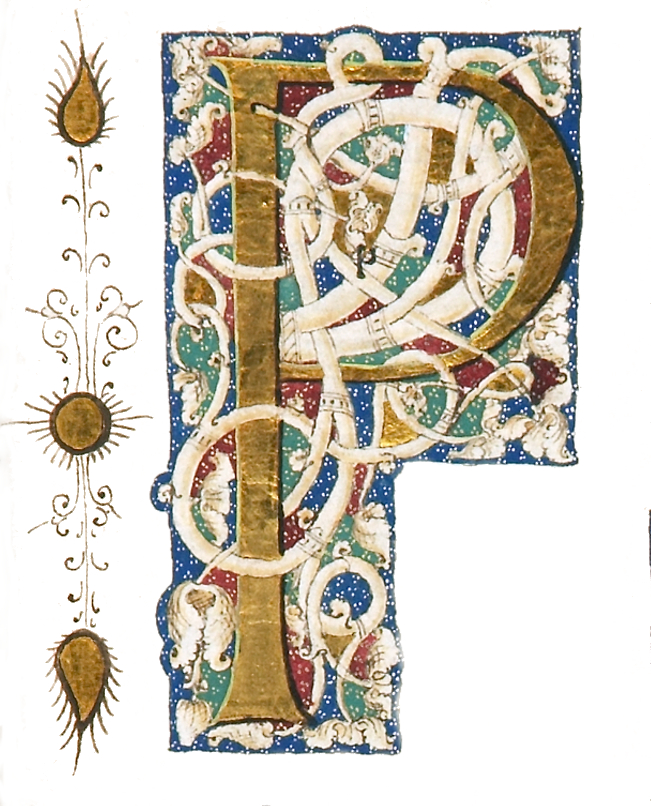1807 · London
by (BINDINGS - WELCHER). LE SAGE, ALAIN RENÉ
London: Printed for Richard Phillips, 1807. 203 x 121 mm. (8 x 4 3/4"). Four volumes. Translated by Martin Smart.
EXTREMELY PLEASING CONTEMPORARY DEEP BLUE STRAIGHT-GRAIN MOROCCO, HANDSOMELY GILT, BY SAMUEL WELCHER (with his ticket on verso of front endpaper), covers bordered in gilt with triple rules and framed with wide palmette roll, inside of which is a rule with small ring and floral tools at corners; raised bands, spines ornately gilt in lobed compartments featuring stippled ground, quatrefoil centerpiece with delicate foliate sprays at sides and fleurons at ends, turn-ins gilt with single rule and fleuron and ring tools at corners, all edges (truncated)
EXTREMELY PLEASING CONTEMPORARY DEEP BLUE STRAIGHT-GRAIN MOROCCO, HANDSOMELY GILT, BY SAMUEL WELCHER (with his ticket on verso of front endpaper), covers bordered in gilt with triple rules and framed with wide palmette roll, inside of which is a rule with small ring and floral tools at corners; raised bands, spines ornately gilt in lobed compartments featuring stippled ground, quatrefoil centerpiece with delicate foliate sprays at sides and fleurons at ends, turn-ins gilt with single rule and fleuron and ring tools at corners, all edges (truncated)







![SCHOLASTICA HISTORIA MAGISTRI PETRI COMESTORIS SACRE SCRIPTURE SERIEM BREVEM NIMIS ET EXPOSITA[M] EXPONENTIS](https://d3525k1ryd2155.cloudfront.net/h/687/906/1675906687.0.m.jpg)
